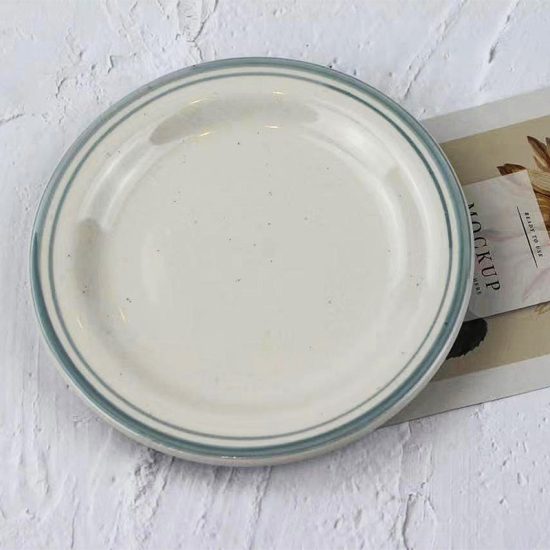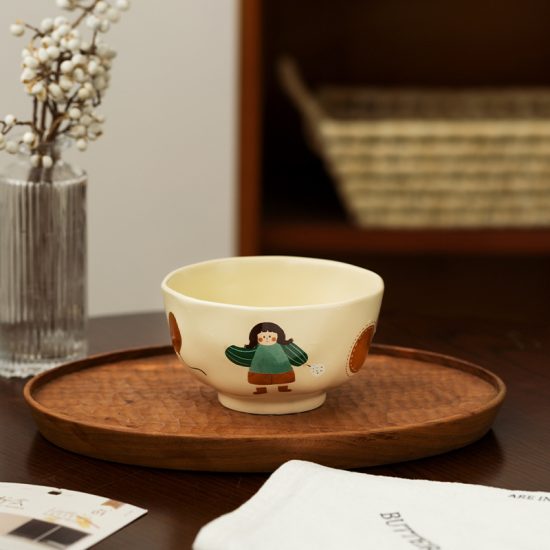Teapots are made from a variety of materials, each offering different properties and characteristics. The choice of teapot material can affect factors such as heat retention, brewing experience, aesthetics, and maintenance requirements. Here are some common teapot materials:
- Ceramic and Porcelain: Ceramic and porcelain teapots are popular choices due to their versatility, heat retention, and aesthetic appeal. They come in a wide range of designs, colors, and patterns. Ceramic and porcelain are generally non-reactive, which means they won’t affect the flavor of the tea. However, they can be fragile and may require careful handling to avoid breakage.
- Glass: Glass teapots are visually appealing and allow you to appreciate the color and clarity of the brewed tea. They are typically made from heat-resistant borosilicate glass, which can withstand high temperatures. Glass teapots are non-reactive, easy to clean, and suitable for a wide range of teas. However, they may not retain heat as effectively as other materials.
- Yixing Clay: Yixing clay, also known as Zisha clay, is a type of clay found in the Yixing region of China. Yixing clay teapots are highly regarded in Chinese tea culture for their porous nature, which allows the teapot to absorb the flavors and aromas of the tea over time. Yixing clay teapots are often unglazed and require specific care to maintain their seasoning and enhance the tea experience.
- Cast Iron: Cast iron teapots, commonly associated with Japanese tea ceremonies, are known for their durability and excellent heat retention. They can keep tea hot for an extended period and distribute heat evenly during brewing. Cast iron teapots often feature intricate designs and are coated with enamel on the inside to prevent rusting. They are suitable for brewing robust teas like black tea.
- Stainless Steel: Stainless steel teapots are durable, resistant to rust, and easy to clean. They have good heat retention properties and are often used for brewing various types of tea. Stainless steel teapots can be found in different designs, ranging from sleek and modern to traditional styles.
- Silver: Silver teapots are valued for their elegance and craftsmanship. They have excellent heat conductivity, helping to maintain the temperature of the brewed tea. Silver teapots can develop a patina over time, which some tea enthusiasts believe can enhance the tea’s flavor. They require special care to prevent tarnishing and are often considered luxury or heirloom pieces.
- Other Materials: Teapots can also be made from materials such as bamboo, clay blends, acrylic, or heat-resistant plastics. These materials are often used for travel teapots or infuser mugs, offering lightweight and portable options for tea on the go.
When choosing a teapot material, consider factors such as the type of tea you plan to brew, your brewing preferences, aesthetic preferences, and maintenance requirements. Each material has its own unique characteristics and can contribute to the overall tea-drinking experience.


